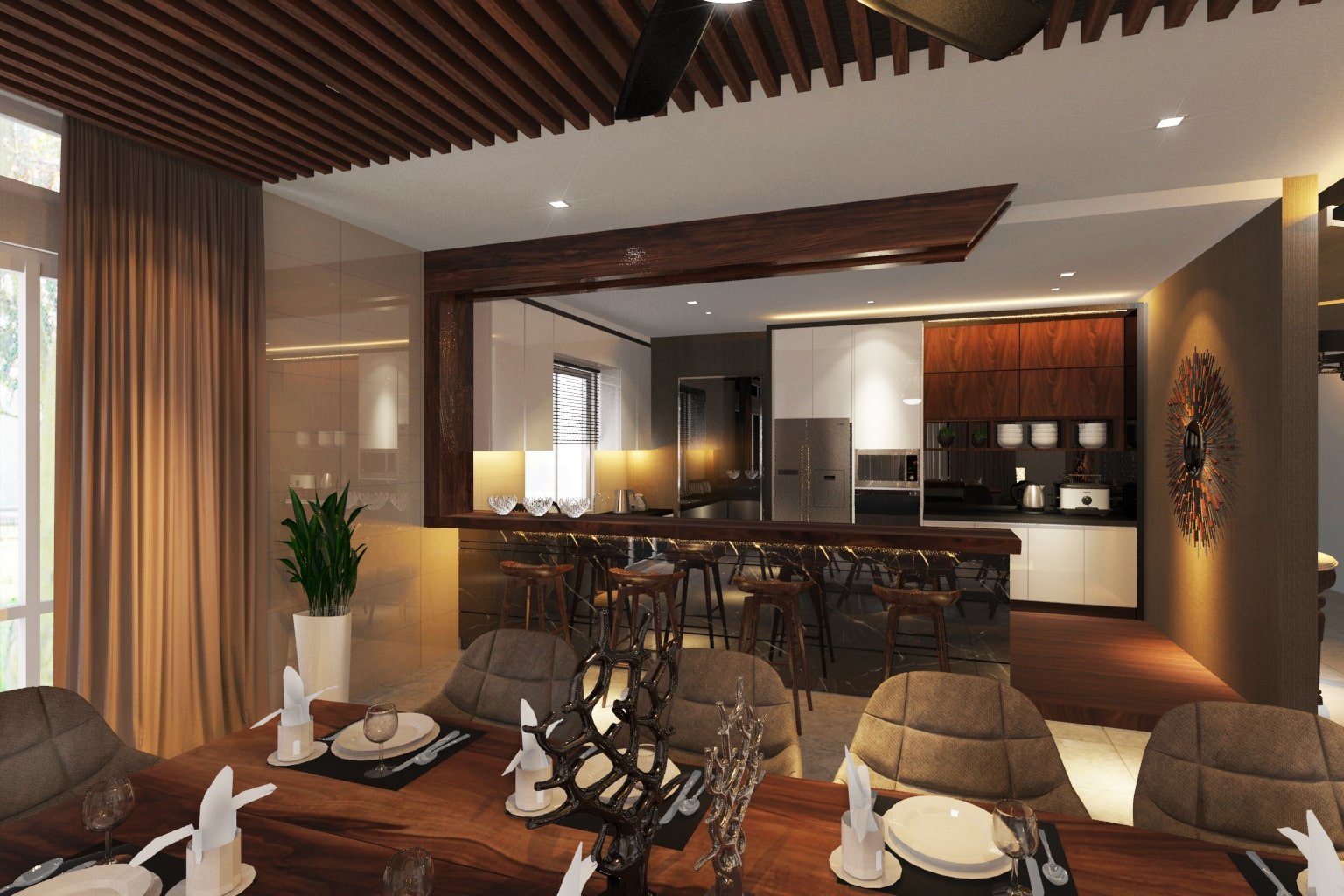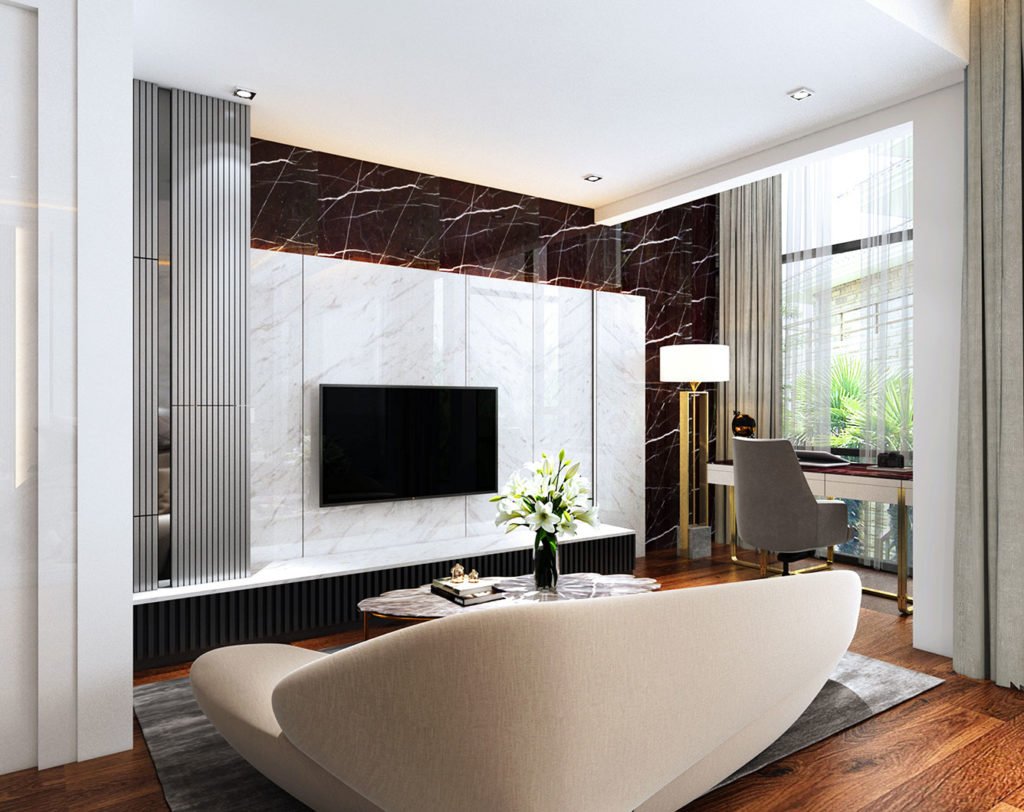
Curious to know what is Modern Classic in the context of interior design?
Are you intrigued by infusing your living spaces with the grace of tradition while embracing the practicality of the present?
Do you yearn for interiors that pay homage to the past yet cater to your modern lifestyle?
In a world where trends come and go, Modern Classic stands as a beacon of enduring elegance.
Whether you’re a design enthusiast seeking fresh inspiration or a homeowner curious about revitalizing your living spaces, this exploration into Modern Classic design is bound to captivate your imagination.
Join us as we delve into the harmonious symphony of clean lines, timeless materials, and functional beauty that defines Modern Classic interiors.
What Are Classic and Modern Styles?
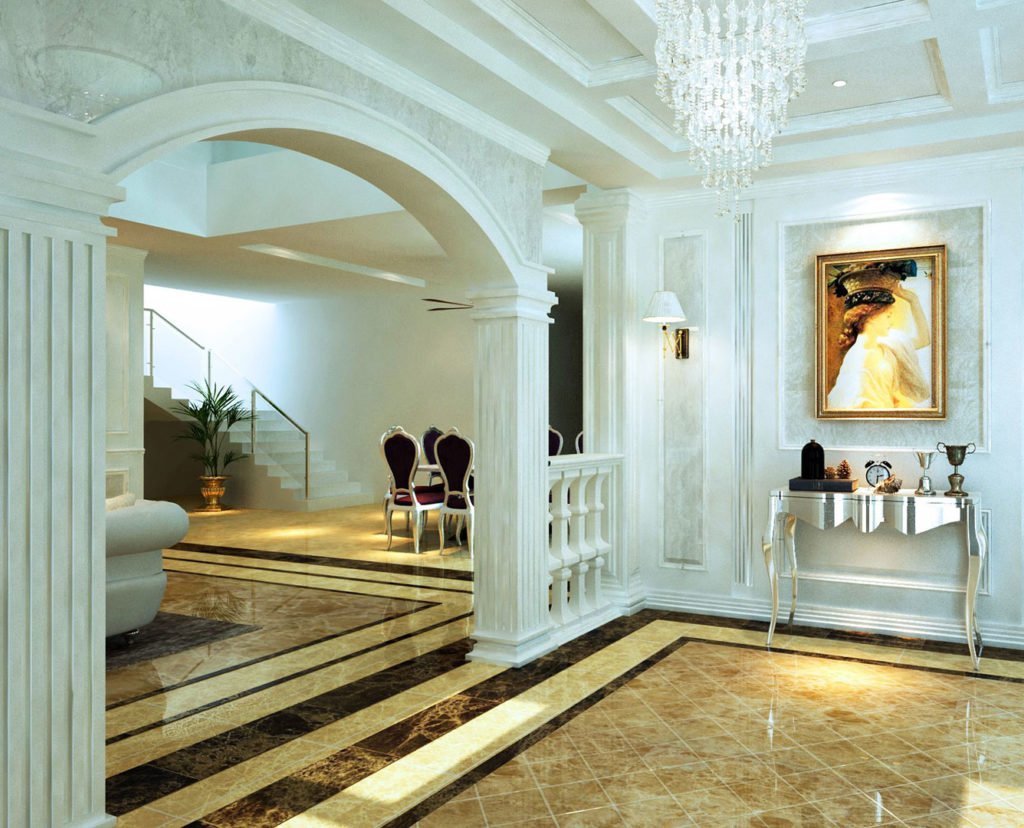
Classicism, as described by the Britannica encyclopedia, refers to a set of ideas and practical guidelines that come from the ancient Greeks and Romans. These ideas are used to create and judge works of art.
When something is adorned with the “classical” label, it signifies a deliberate choice to embrace the graceful forms, enduring patterns, and aesthetic philosophies cherished in those bygone eras.
Think of it as a way to pay homage to the past while creating something new.
So, when you see or hear about “classical” art or architecture, you know it’s influenced by those time-honored Greek and Roman traditions.
And what about modern design?
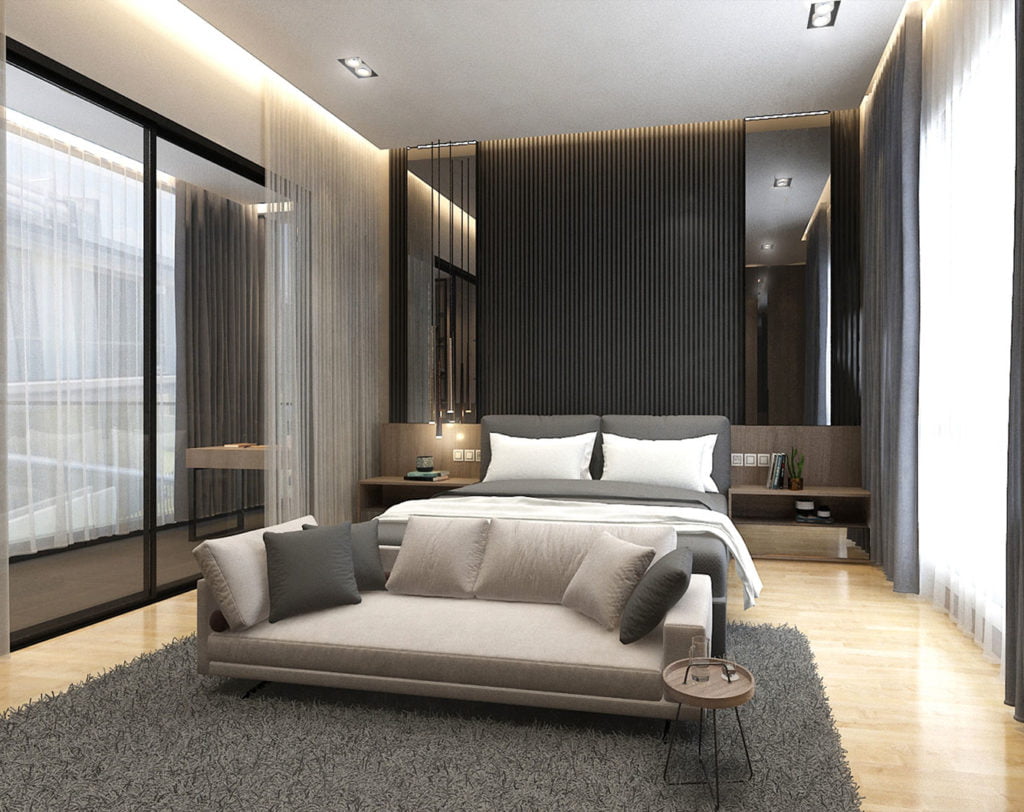
Imagine a home transformation that marries style and practicality seamlessly – that’s the essence of modern design.
This aesthetic narrative revolves around harmonizing simplicity with everyday functionality.
Visualize selecting a dominant color, and then orchestrating a spectrum of its various shades to flow throughout the living space.
This creates a sense of cohesion, sans the extravagance of overly vibrant tones.
Extravagant flourishes and intricate motifs take a backseat in the modern design ethos.
Instead, it celebrates the allure of crisp, unembellished lines, embodying a philosophy of unfussy sophistication.
The space is refined, and adorned solely with elements that serve a genuine purpose.
What Happens When You Blend Both Classic & Modern Together
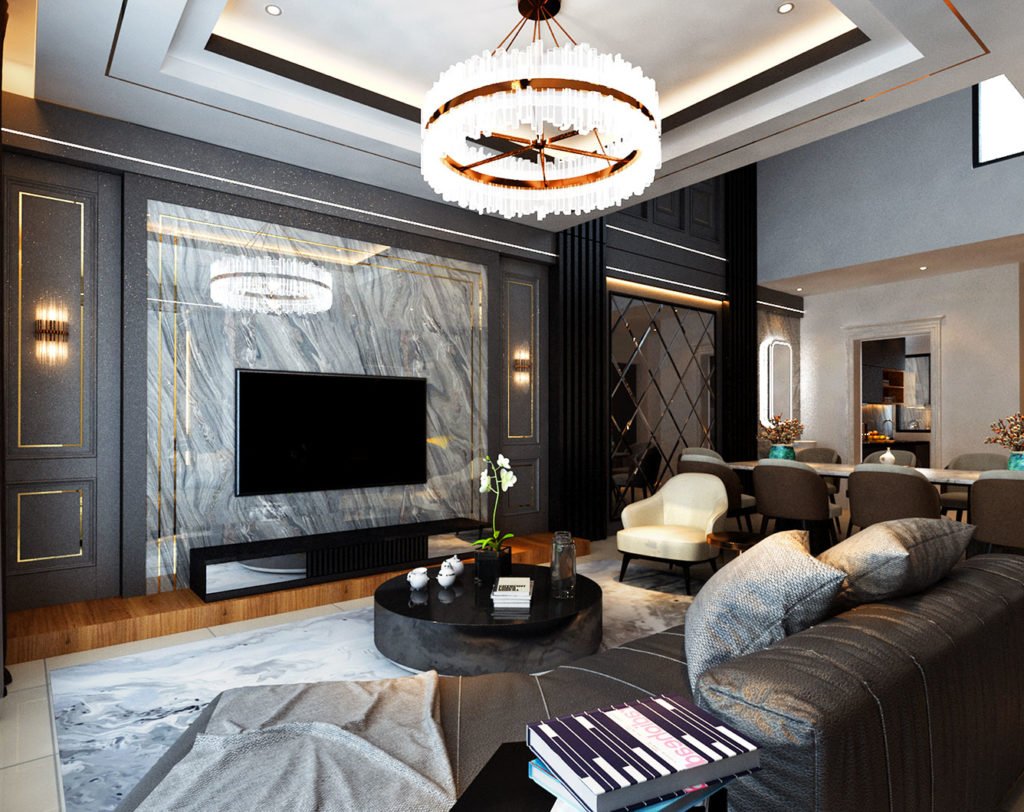
In comparison to the traditional classic interior, the Modern Classic style places a distinct emphasis on optimizing space and functionality – two pivotal facets in today’s interior design trends.
While it doesn’t relinquish elegance, it presents it through a fresh lens, adhering to new aesthetic principles.
In this style, every element is thoughtfully curated to marry beauty with utility.
The sophisticated and ethereal atmosphere characteristic of classic interiors is achieved not through excessive opulence, but rather through simplicity, geometry, symmetry, proportion, and clean lines.
On Functionality and Space Optimization
Optimizing space involves the careful arrangement and allocation of furniture, decor, and architectural elements in a manner that maximizes the available area while maintaining a sense of openness.
This approach often involves selecting furniture pieces that serve multiple purposes, such as storage-integrated seating or convertible tables.
Additionally, the Modern Classic style often favors neutral color palettes and minimalist ornamentation, allowing the spatial arrangement to take center stage and create an uncluttered ambiance.
Functionality, another key focus of the Modern Classic style, pertains to the design’s ability to cater to the needs and activities of the inhabitants.
This involves thoughtful consideration of the layout and placement of various elements to enhance ease of use and promote practicality.
For instance, kitchen layouts may be optimized for efficient meal preparation and cooking flow, while living areas might incorporate versatile seating arrangements conducive to both social gatherings and relaxation.
By adhering to these principles, the Modern Classic style not only captures the essence of timeless elegance but also ensures that spaces remain adaptable and functional within the context of today’s interior design trends.
Clean Lines and Simplicity
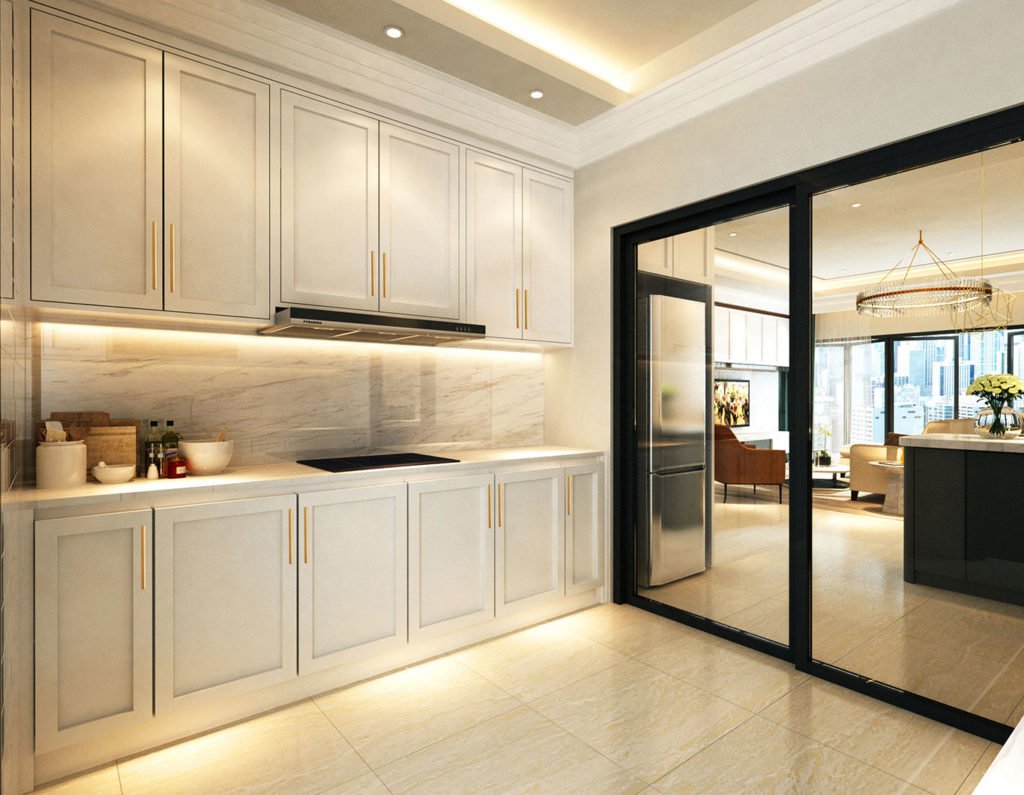
At the heart of Classic Modern design lies an unwavering devotion to clean lines and simplicity.
Like the masterful strokes of an artist’s brush, these lines craft spaces that evoke a sense of clarity and uncluttered sophistication.
This commitment to simplicity is not merely a visual endeavor; it’s a pursuit of balance and harmony that manifests in every corner.
The arrangement of furnishing elements is meticulous, centered on symmetry and harmony.
This creates a sense of balance and warmth, embracing the classic design principles.
Neutral Color Palettes: A Calm and Elegant Canvas
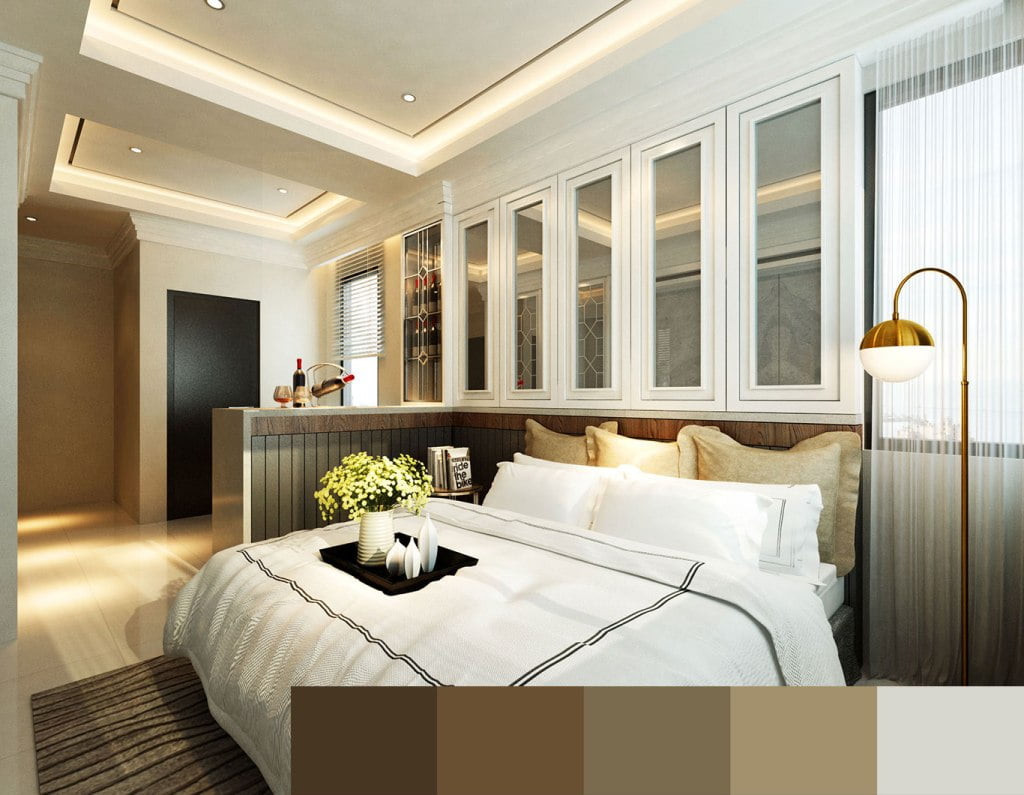
In modern classic design, a subdued color palette is often used. It refers to a collection of colors that are muted, soft, and not overly vibrant.
The purpose of such a palette is to create a calming and sophisticated atmosphere, often by utilizing light and neutral tones that allow the focus to be on other design elements, such as materials, textures, and architectural details.
In the context of interior design or visual aesthetics, a subdued color palette can have a significant impact on how a space feels and is perceived. Let’s break it down further:
- Light and Neutral Tones: The foundation of a subdued color palette typically includes colors that are closer to white, gray, and beige on the color spectrum. These colors are not too intense or saturated, giving a sense of tranquility and timelessness to the overall design.
- Richness of Materials: The intention behind using a subdued color palette is often to let the materials shine. In this case, materials like marble and quality wood are emphasized, allowing their inherent textures and patterns to become focal points.
- Cream, Beige, and Gentle Yellows: Cream and beige are classic examples of neutral colors. They are versatile and can provide a warm, inviting feel to a space. Gentle yellows, when used in moderation, can add a touch of freshness and a subtle pop of color without being overwhelming.
- Interplay of Textures: With a muted color palette, textures become more prominent in the design. Subdued colors provide a backdrop against which textures can be more easily noticed and appreciated. The interplay of different textures, such as the smoothness of marble juxtaposed with the grain of quality wood, creates visual interest and depth.
- Calming and Sophisticated Atmosphere: Subdued color palettes are often chosen for spaces where a sense of calm and sophistication is desired. These colors can help create a serene environment that doesn’t overwhelm the senses, making it suitable for areas like living rooms, bedrooms, and dining spaces.
- Timeless Design: Subdued color palettes tend to be timeless and don’t go out of style quickly. This makes them a popular choice for interior design, as they provide a sense of elegance that can withstand changing trends.
- Accent Colors: In a subdued color palette, accent colors are typically used sparingly to add a hint of contrast and interest. For instance, subtle blues, greens, or soft grays could be used to complement the main cream, beige, and yellow tones.
Think of the interiors like a peaceful painting filled with gentle colours.
Instead of bold and bright hues, imagine soft whites, creams, cozy greys, and earthy tones as the colours that bring this soothing picture to life.
A Timeless Symphony of Classic and Modern
As we wrap up our journey through interior design trends, we can’t help but admire the lasting charm of Modern Classic design.
It’s a perfectly blended harmony that adds a touch of both tradition and modern style to spaces.
Clean lines and simplicity, along with the perfect pairing of form and function, are like puzzle pieces that fit together, creating a picture that connects the past with the present.


